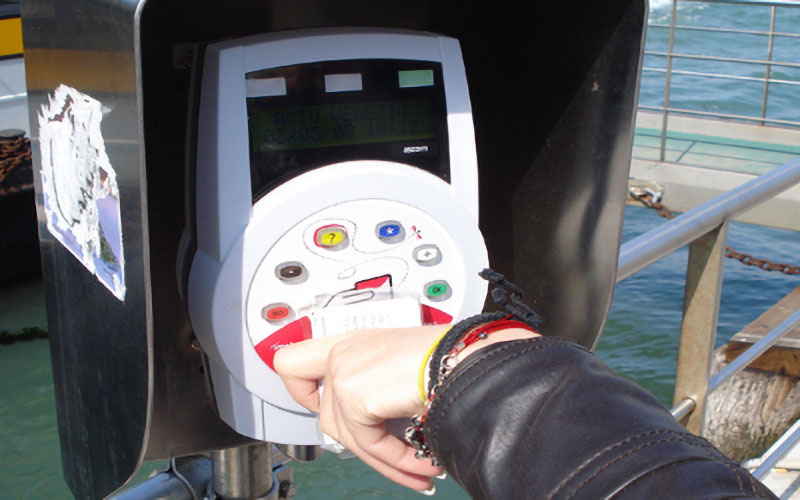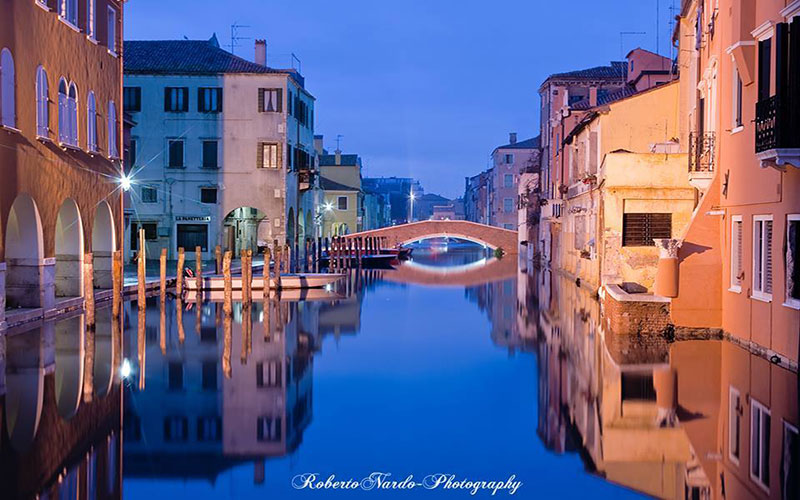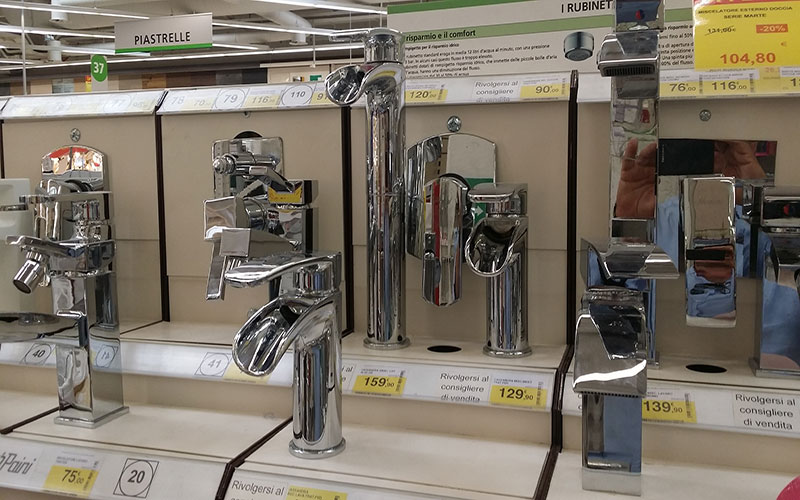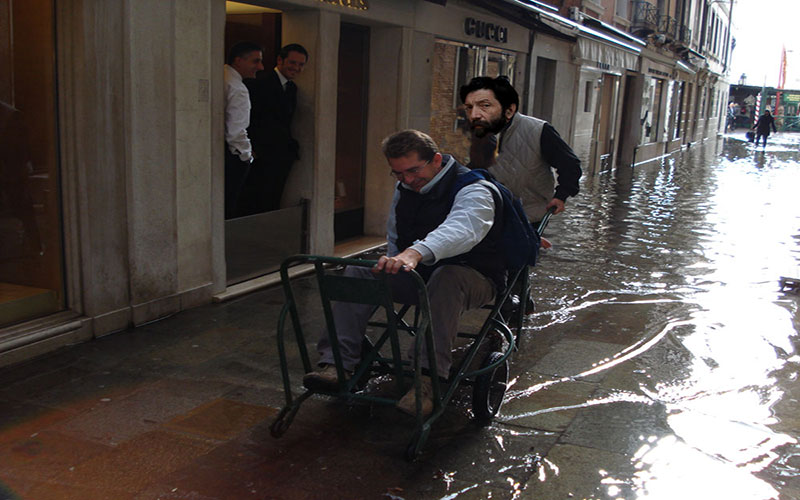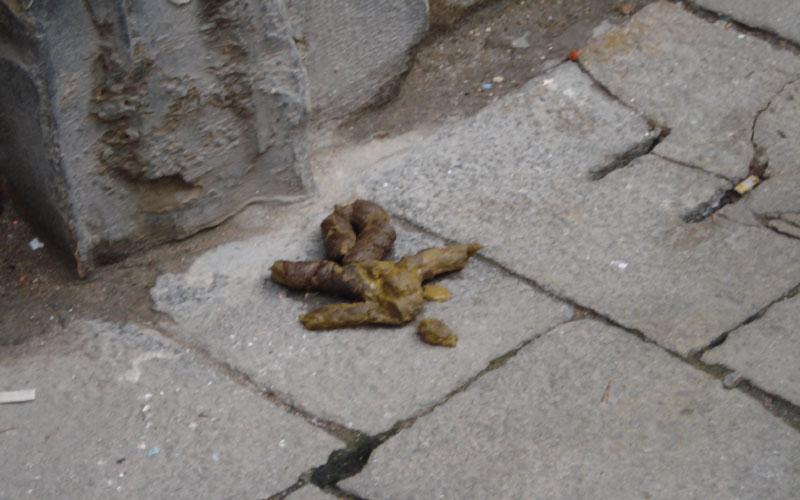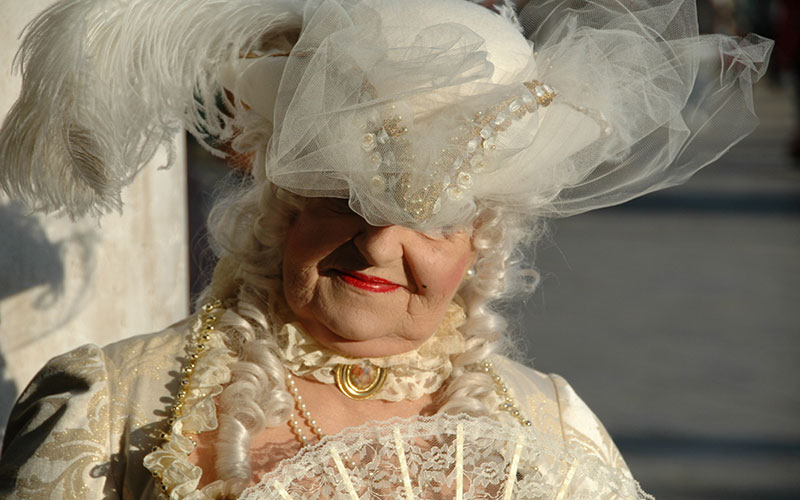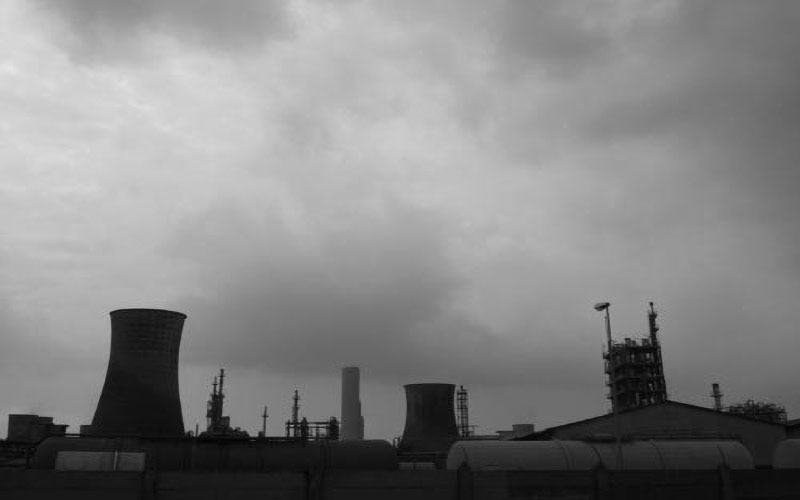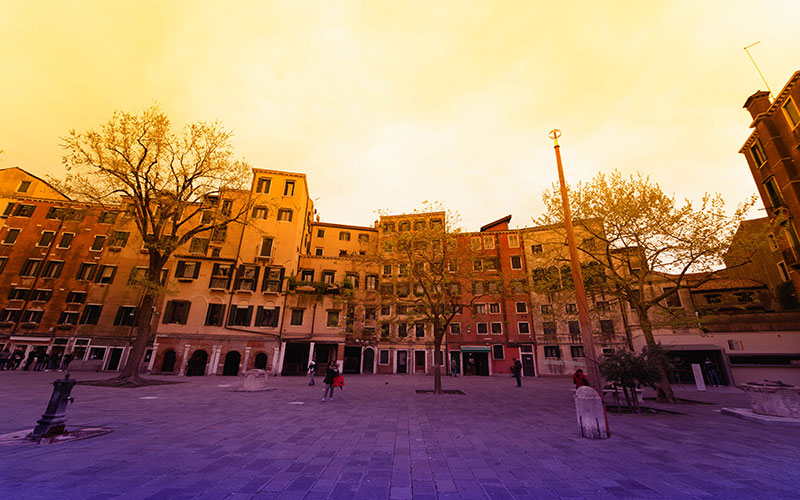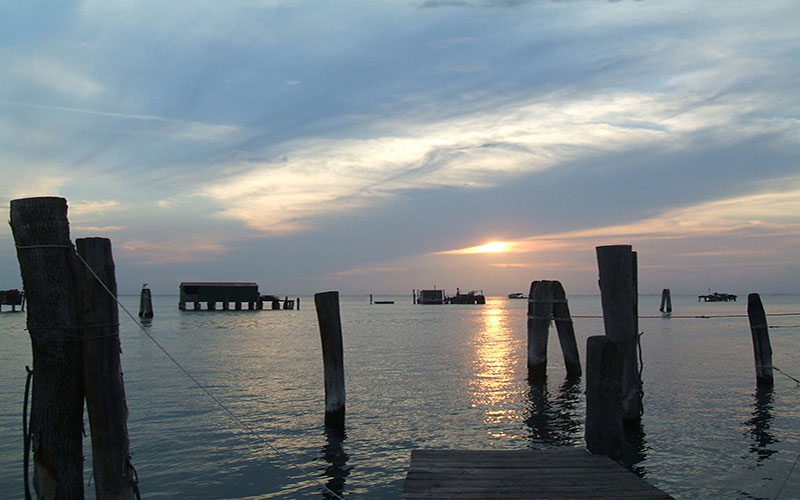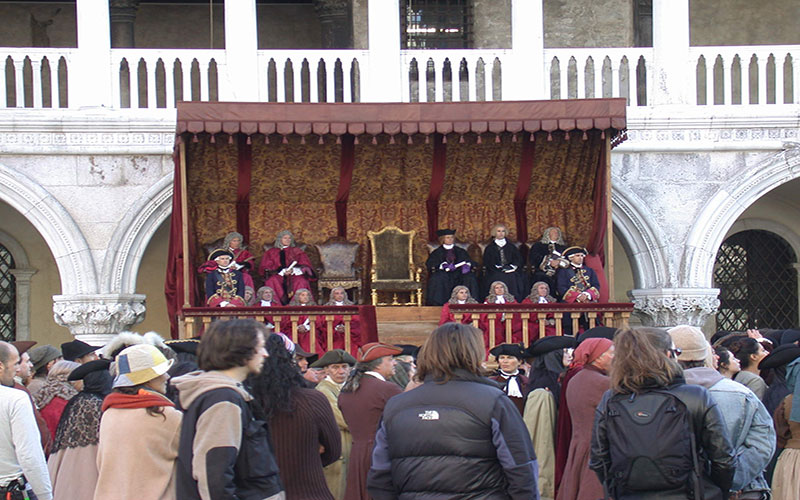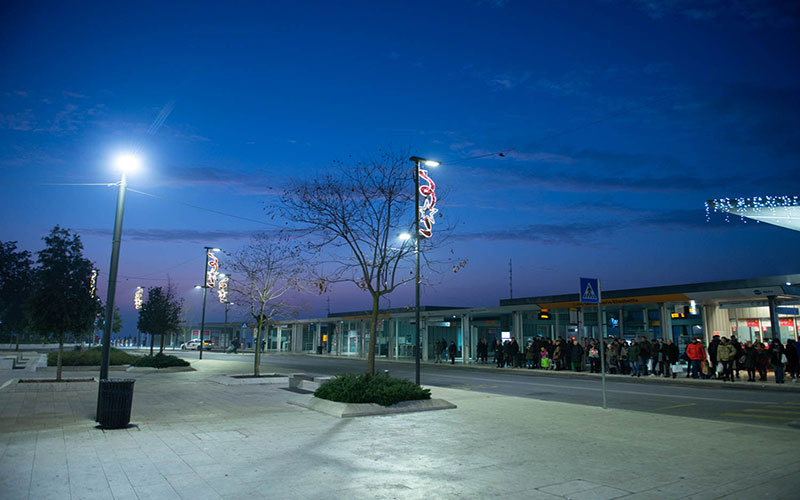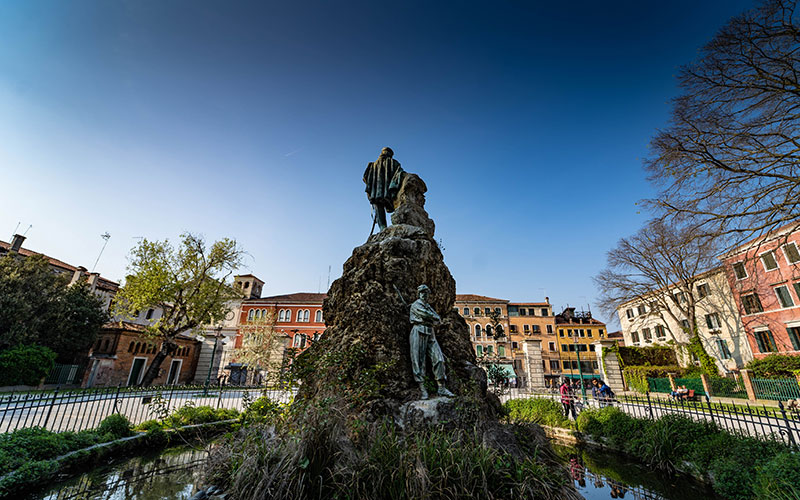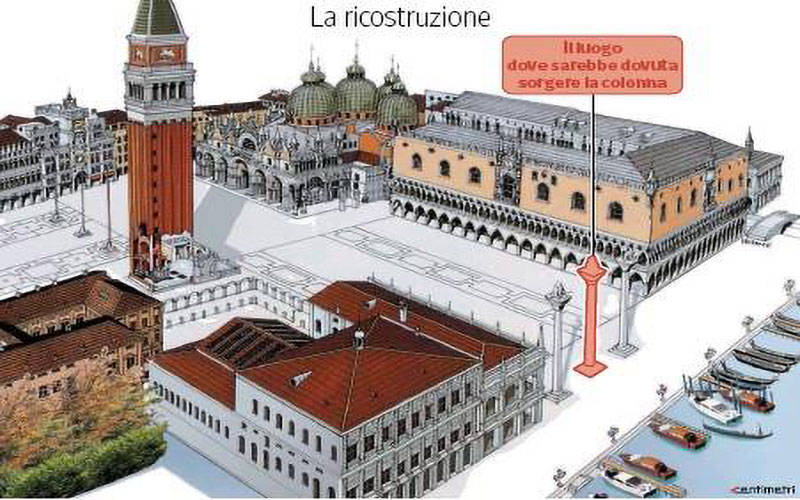Itinerary 3
San Marco, San Pietro di Castello and back
From Piazza San Marco eastwards. Cross the Ponte della Paglia (Straw) and proceed along the Riva degli Schiavoni, named after the faithful Slavic warriors of the Serene Republic. In total, there are six bridges to cross, including the Ponte della Paglia. After the last one, the Ponte dell’Arsenale, we turn left onto the Fondamenta dell’Arsenale. We see the two anchors on show outside the Museo Navale (Naval Museum). The ships which were built in record time, anticipating the production line technique, used to leave on this canal. We turn into the first campo that we find on the right, the Campo della Tana (an eastern city from which came the hemp to make the ropes of the ships), where the author was born. We proceed straight on, not looking down the first street on the right near the (infant) school because of the presence of the grey and forbidding Palazzetto dello Sport. We carry straight on and, before we have to turn right for the iron bridge, we observe some particular (unusual?) triangular paving stones, some small, some medium, some enormous.
From here we take the iron bridge and turn left onto the Fondamenta della Tana. On the left, the Corderie: the longest building in the world, where the ropes and cables for the Venetian ships were once made. The Corte Nuova, the wide street that starts at the bar/communist club of the district, is one of the most photographed streets because of the washing hanging out to dry across it everywhere. To tell the truth, all the streets that come later have washing hanging on washing lines. We, however, do not go down that street, but we will go straight ahead along the fondamenta. The district is really ordinary with so much rubbish scattered about and immaculate entrances, from men who clean their own old boats to gentlemen in down-at-heel slippers. We proceed almost to the end of the fondamenta and turn onto Calle Loredan. Before entering, take note of the marble plaque that once indicated the minimum size that fish had to be to let them grow and catch them again once they had reached a more weighty size. [This does not quite make sense in English, but is a literal translation of the Italian, I think.] At the end of a narrow passage we come out at the end of Via Garibaldi opposite the moored barges that are used as floating shops.
We turn left here along the Fondamenta San Gioachin, and take the little bridge with the new stairlift but without much obvious use for it. Turn again to the left at Calletta San Gioachin where we will find, at the end and to the left, a bridge. Before crossing the bridge, let’s continue along the fondamenta up to the nearby sottoportego that leads on to the Corte [della] Stella. A quick glance at the hidden (secret?) corner (of Venice?) and outside again to cross the bridge. We see the washing hanging out to dry: there is so much of it. To hang out the washing on [lines around] pulleys fixed between the houses is picturesque, but illegal. It is permitted only in certain areas but it makes the view to the street or to the canal very special, however, as in the case of this canal here, the Riello (little rio).
Having crossed the bridge, we turn immediately to the left along the fondamenta and we observe the names on the doors: all are Venetian, in contrast to other districts more famous and less hidden than this, where English names alternate with names of German or French origin. The smells and sounds are different here from those that are smelt and heard in other, more “touristy”, areas: smells of roast meat, of fish, radios at high volume, children being scolded mixed with hints of songs, bags of rubbish left hanging on houses because they were put there at times when the rubbish collector had already passed.
At the end of the of the fondamenta we are obliged to turn right into Campo del Figareto and Campo Ruga. ‘Ruga’ is from the French ‘rue’, that is a square full of shops and streets all around. But in the case of Campo Ruga nothing makes (you) think of this, considering that there is only one bar and nothing different from the other campos. In this ordinary (or popular) campo there is Sotoportego Zurlin, the lowest in Venice.
We go from here into the characteristic little street and turn back. We turn left (with the sottoportico in front of us). We notice how the ordinary houses alternate with 14th century buildings in the gothic style, a mark of the democracy that has signalled the history of the Republic: rich and poor all “cheek by jowl”.
Having gone through Salizzada Stretta we turn into the first street on the right, or on the second, depending on whether the next bridge is under restoration or not. In either case we find ourselves in front of San Pietro di Castello. San Pietro was the cathedral (of Venice) until 1807, in which year the honour passed to the Basilica of San Marco. It is an important church and therefore has been rebuilt many times. First dedicated to SS Sergio and Bacco in 650, it now shows the inspiration of the genius of Palladio. Its cupola is only 4 metres lower than that of St Peter’s in Rome.
We turn to the left of the church among houses, some ancient and some less so. The flavour of this less touristy area is that of the sea, with shipyards and tops(?) hanging outside the houses. Silence reigns supreme. We are on the island of Olivolo, where the foundations of the first Venetian houses were made, together with the Rialto area. Although it is ancient, nothing remains from that time but the name, and we turn to the right immediately after the street becomes wider, before the Comando Zona Fari, which maintains the lighthouses (fari).
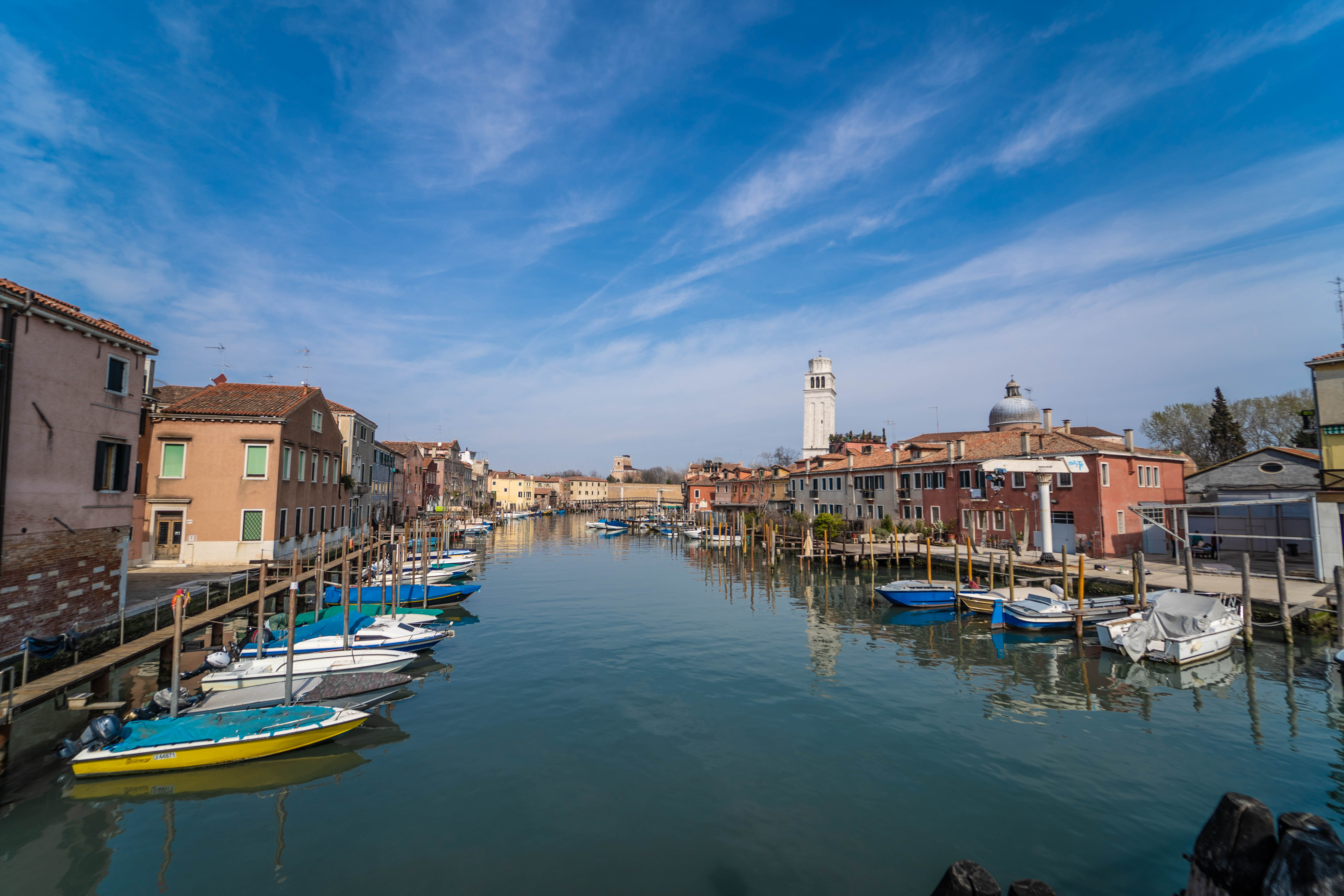
Having left the area called Quintavalle, which takes its name from an old Venetian family, we cross the Ponte di Quintavalle to the Fondamenta S Anna (Santana, as the Venetians say) and proceed along it. The rio stops because it was filled in a long time ago to make the Via Garibaldi, which we have already had a glimpse of earlier. At the far end of the fondamenta, just before the boats which are used for the sale of fruit and vegetables, we turn to the left under the Sottoportico de le Ancore. Straight on until the little street ends at the very popular (or very ordinary) area of Secco Marina. We take the Calle de la Cenere which is almost straight in front of us and come out at the Rio di San Isepo (San Giuseppe). We cross the bridge to our left to get to Campo San Isepo.
We carry on across the campo. We have two choices: either we turn right at the end for the Gardens of Castello and return to San Marco or we turn left for the Island of S Élena. Let’s pretend we are tired and turn right at the end of the campo. We are in the Giardini Pubblici (Public Gardens) of Castello, where, on the left, we have the centre for the Biennale which we can have a look at. But, if we want to, let’s go straight on and then turn right to get out. When we have left the Gardens we turn to the north, going over the bridge without steps all the way down the tree-lined avenue, where, at the end, we find the statue of Giuseppe Garibaldi with his back to us, but his guard, Bepi, with his arms crossed, facing us. We go through the large black railing and turn left on, finally, Via Garibaldi. A very popular thoroughfare, Via Garibaldi has everything needed to be considered a district of Venice, with its bars, hostelries, chemist’s, cake shops, baker’s and shops for Venetians. We cannot do it all, but we into the second street on the left, Calle Schiavona, and then, slightly to the right, into Calle delle Colonne. We leave the calle and come out onto the Riva dei Sette Martiri, named in honour of the seven Italians killed by the Germans in the Second World War and where, until a short time ago, there was a short “riva” with, where many houses once stood, the sheds of the motor torpedo-boats and E-boats of the First and Second World Wars and other shipyards. In fact, where we came out, the houses with the two high arches are called the Case della Marinaressa [or Marinarezza], built for the workers of the Arsenale at the time of the Republic which were used as “squeri” (boat builders’ yards).
We turn to the west, towards San Marco. We cross the Ponte della Veneta Marina, then the Ponte dell’Arsenale (the stone one): we are once again on the Riva degli Schiavoni. We are back.
S. Pietro
Il Rielo
Tabella delle misure minime del pesce
Cime e ancore a Quintavalle
info
-
Associazione Venessia.com
Numero 2850
Delibera iscrizione 92 del 27/05/2010
Finalità Soldarietà/Promozione Sociale/Cultura
PI: 94072520276
-
Castello 2161, VENEZIA
mail: venessia.com@gmail.com







